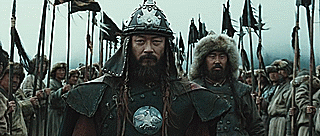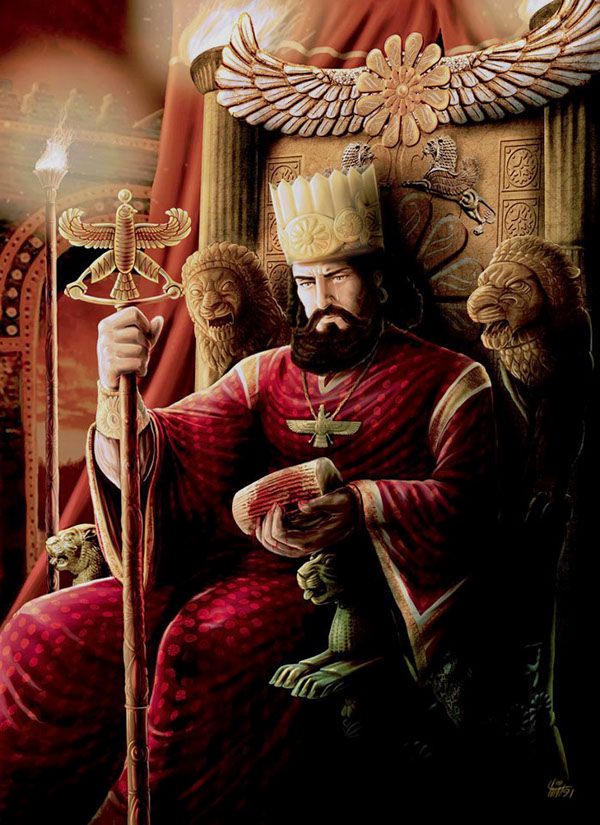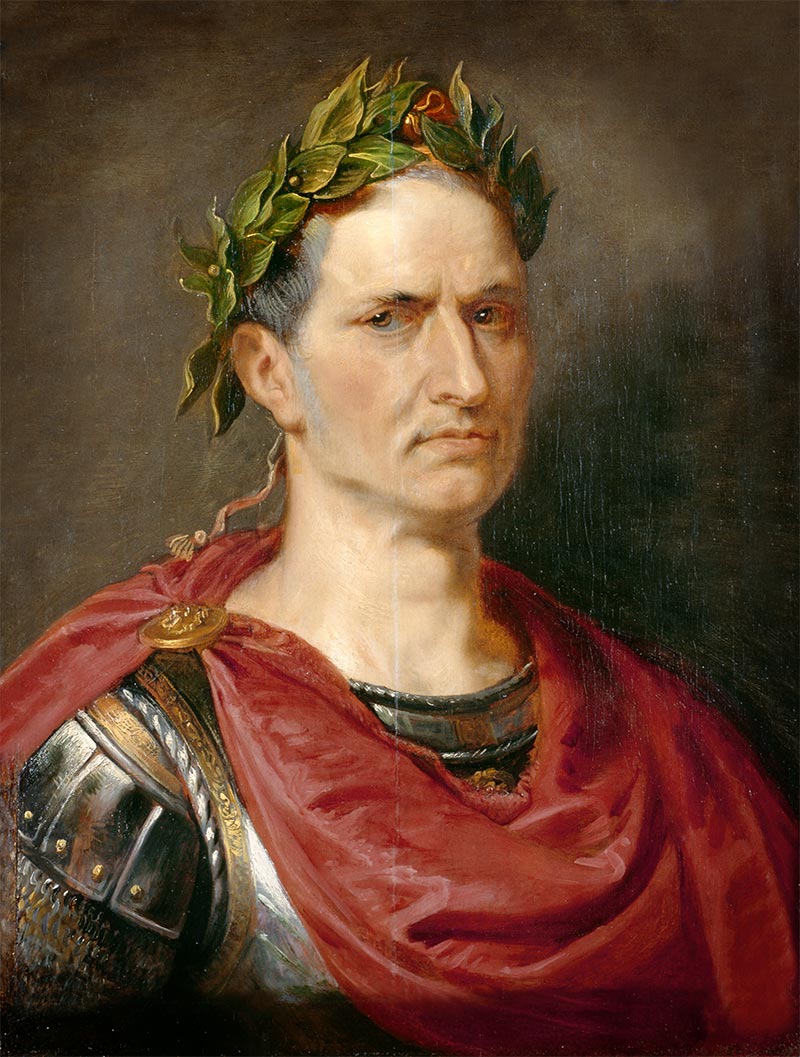Strategic Leadership Analysis
Genghis archetypes prioritize merit, information flow, and mobility. You break silos, reward results, and replicate playbooks across territories without losing agility.
Strengths
- Identifies talent regardless of background
- Builds scalable systems for communication and logistics
- Executes decisive pivots when new intel arrives
- Rewards loyalty and performance transparently
- Operates effectively across cultures and geographies
Pressure Points
- Direct tactics can feel ruthless
- May overlook emotional fallout in pursuit of efficiency
- Relentless pace risks fatigue and turnover
- Dependency on strong field leaders
- Needs clear ethical guardrails in modern contexts
Relationship Operating System
You gel with partners who appreciate candor and share your appetite for scale, yet advocate for people-first choices.
Deployment Zones
Global operations, supply chain, venture building, platform ecosystems, elite field leadership
Leadership Lessons to Apply Today
Invest in emotional intelligence. Pair metrics with meaning, and create pause points to honor impact on teams.


